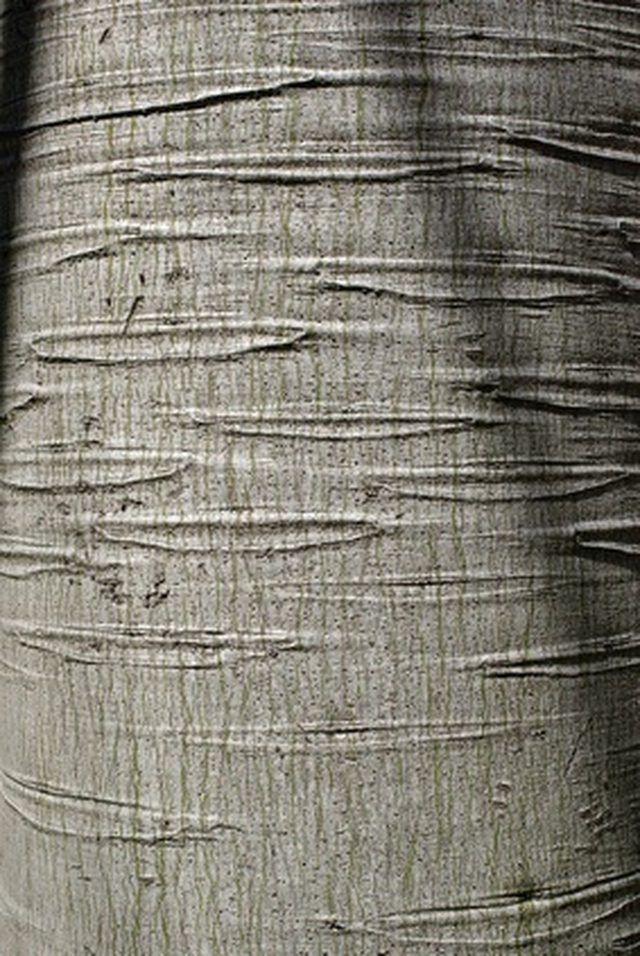Bulbs
Flower Basics
Flower Beds & Specialty Gardens
Flower Garden
Garden Furniture
Garden Gnomes
Garden Seeds
Garden Sheds
Garden Statues
Garden Tools & Supplies
Gardening Basics
Green & Organic
Groundcovers & Vines
Growing Annuals
Growing Basil
Growing Beans
Growing Berries
Growing Blueberries
Growing Cactus
Growing Corn
Growing Cotton
Growing Edibles
Growing Flowers
Growing Garlic
Growing Grapes
Growing Grass
Growing Herbs
Growing Jasmine
Growing Mint
Growing Mushrooms
Orchids
Growing Peanuts
Growing Perennials
Growing Plants
Growing Rosemary
Growing Roses
Growing Strawberries
Growing Sunflowers
Growing Thyme
Growing Tomatoes
Growing Tulips
Growing Vegetables
Herb Basics
Herb Garden
Indoor Growing
Landscaping Basics
Landscaping Patios
Landscaping Plants
Landscaping Shrubs
Landscaping Trees
Landscaping Walks & Pathways
Lawn Basics
Lawn Maintenance
Lawn Mowers
Lawn Ornaments
Lawn Planting
Lawn Tools
Outdoor Growing
Overall Landscape Planning
Pests, Weeds & Problems
Plant Basics
Rock Garden
Rose Garden
Shrubs
Soil
Specialty Gardens
Trees
Vegetable Garden
Yard Maintenance
How to Water a Tri-Color Beech Tree
How to Water a Tri-Color Beech Tree. Tricolor beech trees have purple leaves with pink and white markings on them. These trees are a slow-growing variety and the average height is around 25 feet, although some may grow to heights of 40 feet. The bark of the tricolor beech is smooth, with a silvery color. This attractive tree does well in...

Tricolor beech trees have purple leaves with pink and white markings on them. These trees are a slow-growing variety and the average height is around 25 feet, although some may grow to heights of 40 feet. The bark of the tricolor beech is smooth, with a silvery color. This attractive tree does well in landscaping and in containers. This tree will thrive for many years if given the proper water and care.
Things You'll Need
Water hose, sprinkler or watering can
Mulch
Form a water well or ring around the trunk of the tricolor beech tree. You can do this by firmly packing some soil around the perimeter of the tree in a doughnut shape. It creates a type of moat around the tree. This will help keep the ground moist during times of the year when rainfall is not plentiful. It will assist the tree by directing the water where it is needed most--toward the roots. This is especially helpful when the tree is on a slope.
Water the tree deeply at least once a week, depending on the amount of rainfall in your area. You can start by giving your mature tree a couple of gallons of water, by pouring it inside the water ring. Check on the water ring after 30 minutes--if the water is still standing, only give it 1 ? gallons of water during the next week. Your goal is saturate the area of soil surrounding the root ball, ideally this would mean enough to soak the ground at a depth of 6 to 12 inches. Your individual soil and tree will differ from your neighbors, which is why it is important to watch for standing water. For container tricolor beech trees, slowly water them, allow the water to sink in and repeat until a small amount of water starts to seep out the drainage holes in the bottom of the pot. It is better to water it well once a week, than to just sprinkle it lightly a few times a week.
Test the moisture by sticking your finger into the dirt. If the first 1 inch is not moist, you should water the tricolor beech tree, according to the Backyard Gardener. Remember during the summer months it is easier for the tree to lack the moisture it needs, due to the intense sunlight and water evaporation. Although tricolor beech trees tolerate dry to moist soil, they does best when watered regularly and the soil is moist, particularly during the first two years. During the winter, it won't require as much moisture.
Tips & Warnings
Add mulch to your water well to help it retain its shape and to hold the moisture in when you water your tricolor beech.
Your water ring or well may only need to be a couple inches in height if your tree is growing in a container. The top of the mound may need to be one foot in height if the tree is planted on a slope or in your landscaped area.